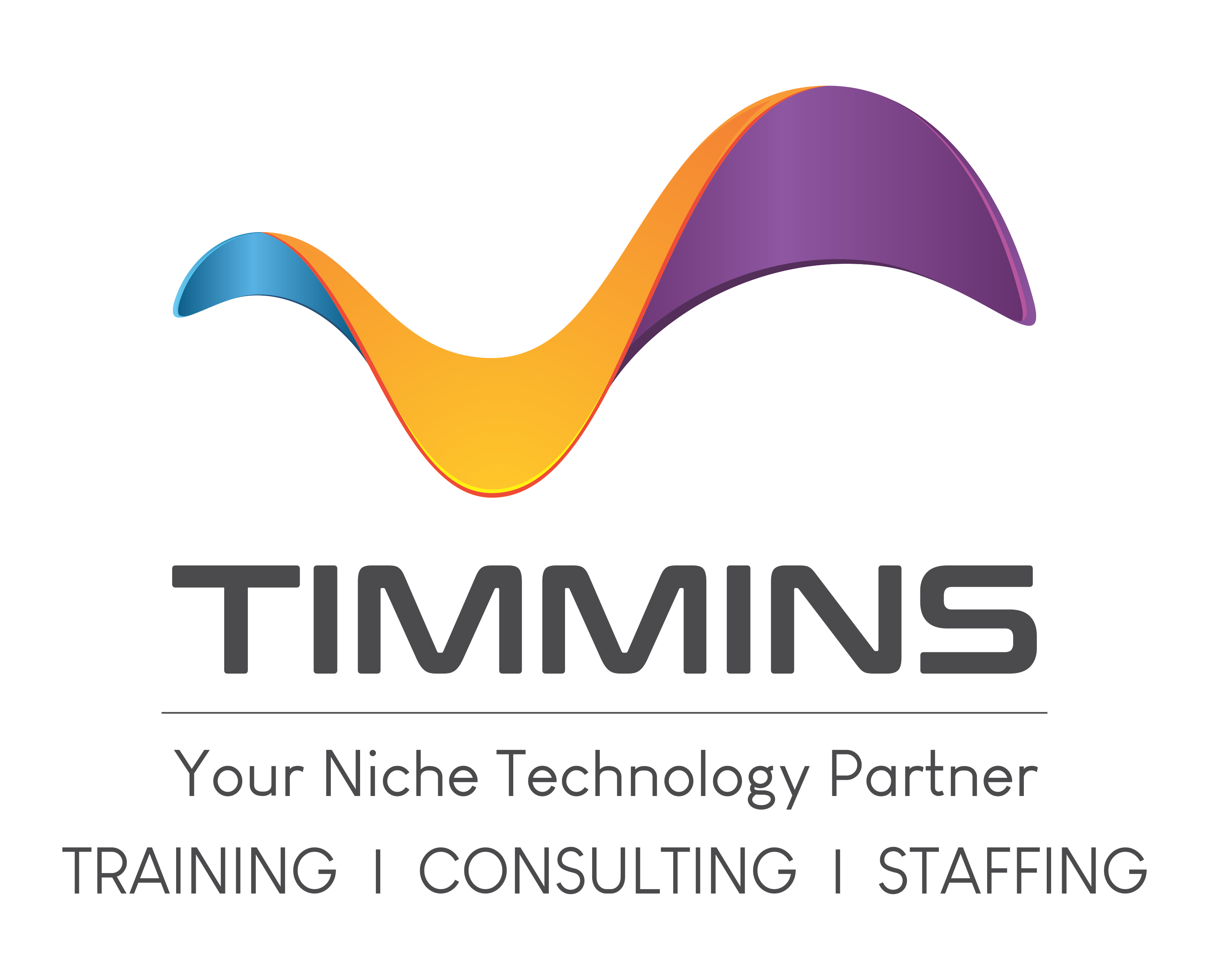Duration: 5 Days (40 Hours)
Lab Environment: Cloud Labs
Course Overview
This hands-on training program provides in-depth knowledge of Security Operations (SecOps), Incident Response (IR), and Perimeter Defense. Participants will gain practical experience in using SIEM, SOAR, phishing simulators, and advanced threat intelligence tools to manage security incidents effectively.
By the end of this course, participants will be able to:
- Understand SOC operations, components, and deployment strategies.
- Implement threat detection, malware analysis, and cloud security techniques.
- Develop incident response plans and execute containment & remediation strategies.
- Enhance email security using SPF, DKIM, and DMARC to prevent cyber threats.
Who Should Attend?
- Security Analysts & SOC Engineers
- IT Administrators & Network Security Professionals
- Incident Response Teams & Cybersecurity Specialists
Prerequisites
- Basic knowledge of networking & security fundamentals.
- Familiarity with Windows/Linux system administration.
- Experience with firewalls, SIEM, IDS/IPS (recommended but not required).
Lab Setup Requirements
- Cloud-based lab environment
- Access to SIEM, SOAR, and phishing simulation tools
Teaching Methodology
Instructor-led interactive training.
Hands-on practical labs & simulations.
Case studies and real-world cybersecurity incidents.
Group discussions & threat analysis exercises.

